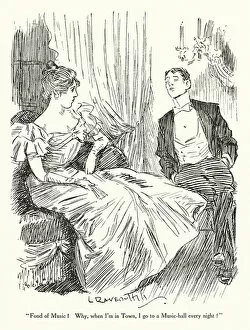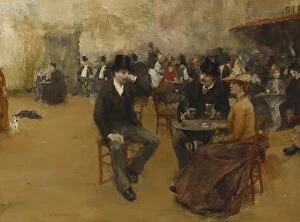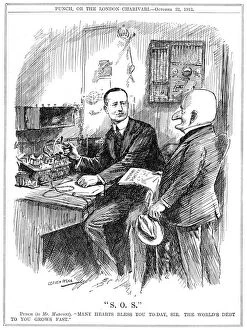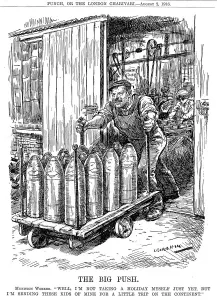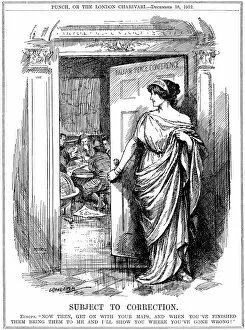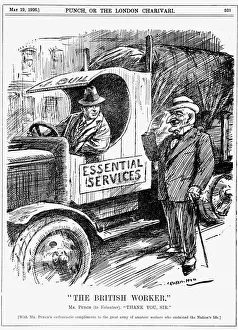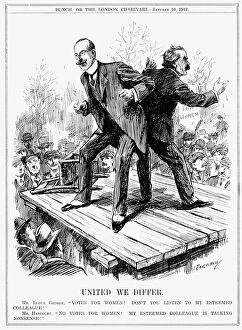Leonard Raven Hill Collection
Leonard Raven Hill, a talented artist of his time, captured the essence of various moments through his captivating artworks
All Professionally Made to Order for Quick Shipping
Leonard Raven Hill, a talented artist of his time, captured the essence of various moments through his captivating artworks. In one lithograph, we see a young couple engrossed in an animated discussion about music, their passion evident in their eyes. Another lithograph showcases a boy and girl gazing up at a guardsman with awe and admiration. Moving on to "The Beautiful Period; La Belle Epoque, " an oil painting that transports us back to 1888. This masterpiece depicts the elegance and charm of that era, inviting us to immerse ourselves in its splendor. Raven-Hill's talents were not limited to capturing scenes from history or everyday life; he also ventured into depicting exotic locations like Delhi in "A Street Scene in Delhi. " Through this artwork created around 1903, we are transported to the bustling streets of India, experiencing its vibrant culture firsthand. In "Oh No Sir A Gentleman, " Raven-Hill humorously portrays a comical situation where mischief seems imminent. The mischievous expression on the gentleman's face leaves us wondering what antics lie ahead. The artist also delved into political satire with works such as "Marconi Shares Scandal" and "Mr Punch thanking Marconi for wireless telegraphy. " These pieces shed light on significant events during 1913 when wireless communication was revolutionizing maritime safety. During World War I, Raven-Hill depicted the harsh realities faced by soldiers with poignant artworks like "The Big Push. " This piece captures the bravery and sacrifice exhibited by those involved in this historic conflict. Raven-Hill's artistry extended beyond war-related subjects; he also portrayed key figures like Eamon De Valera declining attendance at the Ottawa Conference in 1932. His ability to capture personalities through his brushstrokes is evident here. "A Question of Detail" highlights Raven-Hill's attention to intricacies as he explores minute elements within his composition.




